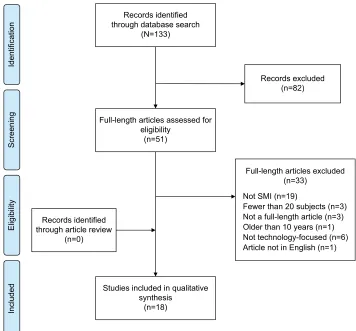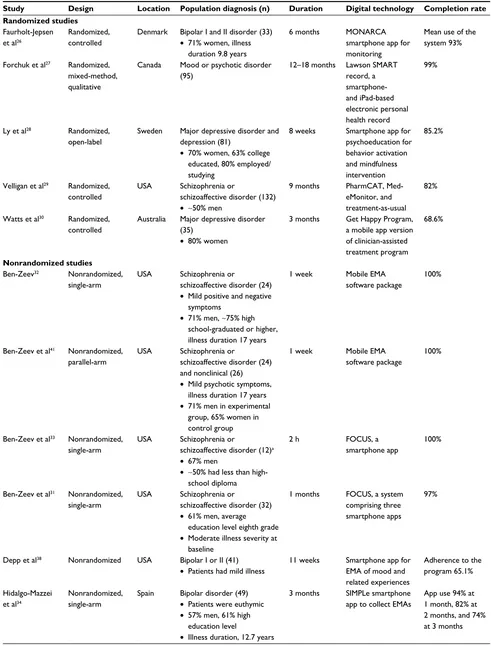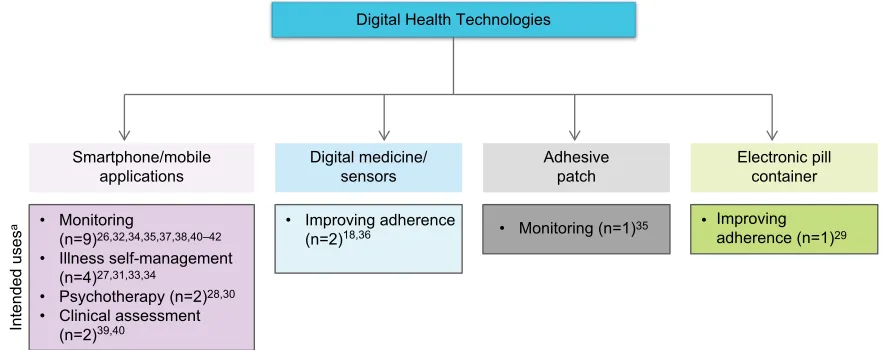Digital health technology for use in patients with serious mental illness: a systematic review of the literature
Full text
Figure




Related documents
Findings: findings defined factors affecting organizational architecture as: educational and research factor, organizational support and participation factor,
microscopy, but (2) a progressive deficit of spontaneous locomotion and reduced photic entrainment of their spontaneous circadian activity, (3) impaired dopamine signaling and
In our study, although the combination of ripasudil with other drugs with ocular hypotensive effects resulted in significant reductions in IOP compared with controls, the
The presents work evaluates the effect of ethanol (AmEe) and aqueous (AmAe) extracts of Aegle marmelos leaves in high fat diet (HFD) induced obese rats.. Male Wistar rats
All relevant sciences, including that of nutrition, should be mainly concerned with the cultivation, conservation and sustenance of human, living and physical resources
The paper examines the role of security agencies in cubing election violence in Nigeria using Kebbi state as a
The aim of this study was to determine the effect of zinc supplementation on body mass index (BMI) and serum levels of zinc and leptin in pediatric hemodialysis patients..
Spectrophotometric color analysis of the wines produced from fresh grapes on the 80 kg and 500 kg scale, revealed significantly higher concentrations of total